Published on: 2/15/2017IST
8 Health advantages Of Olive Oil Leaf Concentrate And Its Utilization
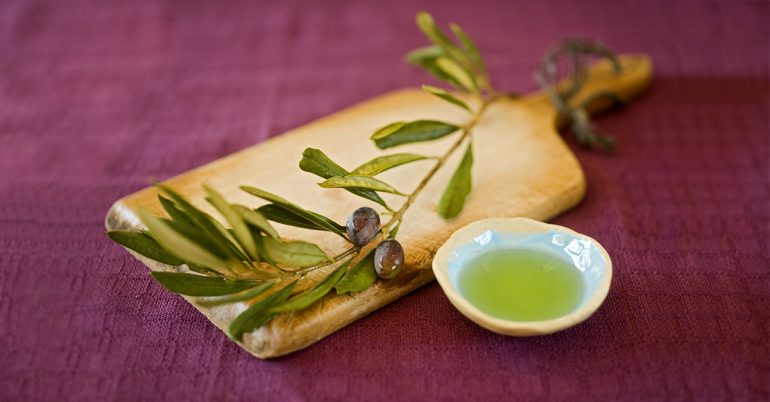
Additional virgin olive oil, the basic oil, or the great olives – these are progressively turning into a typical piece of our day by day eating regimen and way of life. In any case, shouldn't something be said about the clears out? Olive leaves have been utilized as a part of customary prescriptions to treat various conditions and, by and large, for good wellbeing too. What's more, current drug has gone with the same pattern in using these advantages.
The medical advantages that will be explained here are for the most part because of the phenolic content, particularly oleuropein, which is found in bigger amounts in olive leaves than in whatever other shape. Other bioactive exacerbates that contribute are secoiridoids and flavonoids.1 So what precisely are these advantages?
Health Benefits Of Olive Leaves
1. Reduce Blood Pressure And Hypertension

Olive leaves can prevent as well as regulate blood pressure. Animal studies have shown that supplementation of an olive leaf extract (OLE) either before or after the incidence of hypertension gave similar positive results.2 OLEs bring down the elevated blood pressure by reducing the production of LDL cholesterol. This also improves the blood flow to the blood vessels in the heart.3
For those at the first stage of hypertension, OLE relieves tension and widens the blood vessels, which lowers both systolic and diastolic blood pressure.4 However, this effect on hypertension might not be seen in overweight individuals.5
2. Strengthen The Heart
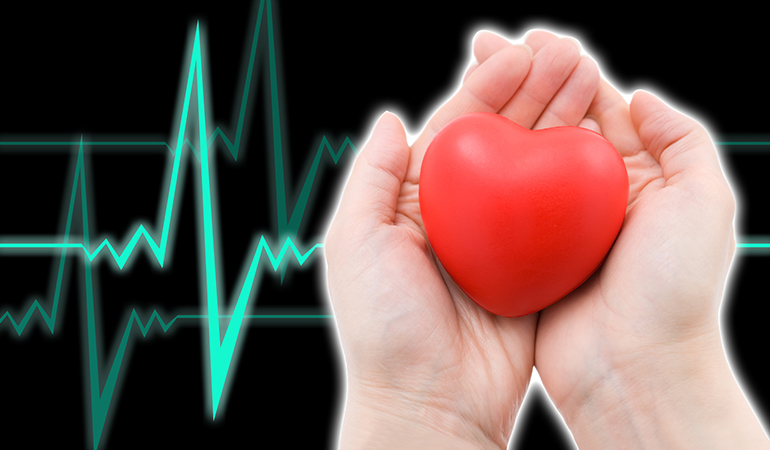
Cardiac issues like heart attacks can strike anybody – there’s no age bar! Olive leaves can strengthen your heart, partly by regulating the blood pressure. But its main contribution is preventing atherosclerosis.
Arterial Health
The arterial wall is important for maintaining normal blood flow and pressure. In atherosclerosis (or endothelial dysfunction), plaque build-up on the wall hardens the arteries, which result in an obstructed blood flow. This is a common cause of heart attack and stroke. Olive leaves help prevent and cure this in multiple ways:
- The polyphenols in OLE increase the production of nitric oxide and relax the blood vessels.6
- The antioxidants reduce oxidation by salvaging the free radicals, which stops atherosclerosis at an early stage.7
- It suppresses fatty acid deposits on the arterial wall by preventing inflammation.8
3. Regulate Diabetes
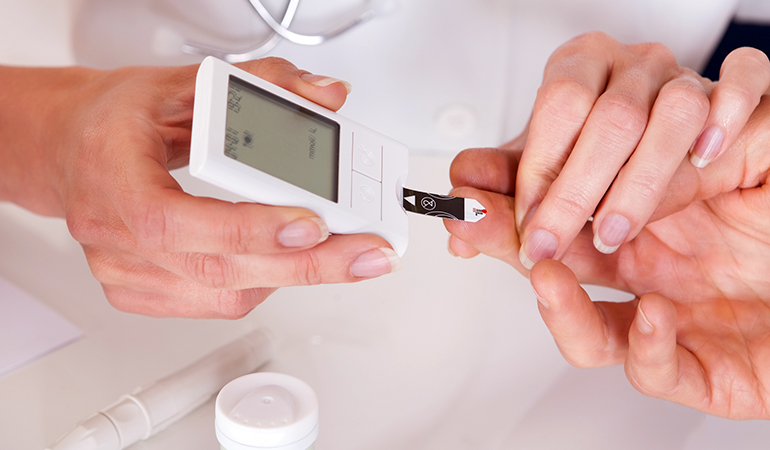
Food regulation is one way to keep blood sugar levels in check. And olive leaves can be a very good choice for a diabetes diet. OLEs reduce blood sugar levels and restrict the effects of any increase in sugar levels. This is how:
- The extracts lessen the absorption of sugars from the intestine and increase the glucose intake by tissues.9
- Advanced glycation end products (AGEs) can be a major cause of diabetes and other chronic conditions. Olive leaves are a natural source of AGE inhibitors, which protect tissues from AGE-related oxidative damage and prevent diabetes.10
- Insulin sensitivity defines how well your body accepts and responds to the effects of insulin. The polyphenols in olive leaves improve insulin sensitivity, especially in overweight individuals, making the body more receptive to foods and medicines for diabetes.11
4. Fight Cancer
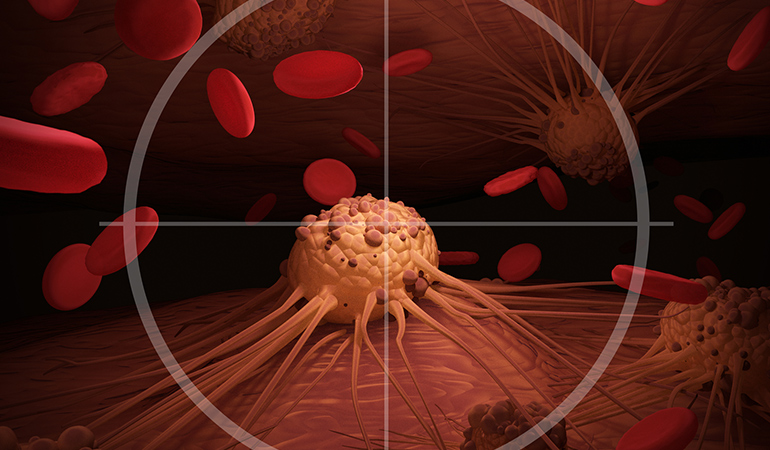
There are multiple characteristics of olive leaves that fight cancers in different ways:
- Antioxidative effect: Studies on OLEs show that they battle cancer at the early stages. The antioxidants prevent any damage to the DNA, which stops the formation of malignant cells.12
- Antiproliferative effect: The polyphenol oleuropein prevents the cancerous cells from replicating, moving and spreading, and taking over other organs; these effects are irreversible.13
- Anti-angiogenic and anti-tumor effects: The same polyphenol also prevents the growth of new blood cells and cancerous cells, thus curbing the growth of tumors. This is effective in almost all forms of cancer.14
- Anti-inflammatory effect: Olive leaf extracts also suppress inflammation, which is a common promoter of tumor growth.15
Apart from preventing the growth of cancerous cells and tumors, the extracts also deal with the aftereffects of chemotherapy. The olive leaf deals with mouth ulcers caused due the therapy in the form of a mouth rinse.16 Oleuropein also protects the DNA, exhibits a toxic effect on cancerous cells, and causes cell death.17
5. Prevent Cognitive Degenerative Disorders

Olive leaves help fight aging in multiple ways. They treat and reduce the severity of age-related neurological diseases such as Alzheimer’s.18
- Oleuropein protects the neurons, whose disruptive functioning causes most neurological disorders.19
- Tau isoforms are proteins in the neurons of the central nervous system that contribute to the formation of lesions in Alzheimer’s and similar diseases. Oleuropein is a natural inhibitor of Tau and thus prevents such neurodegenerative diseases.20
6. Treat Arthritis
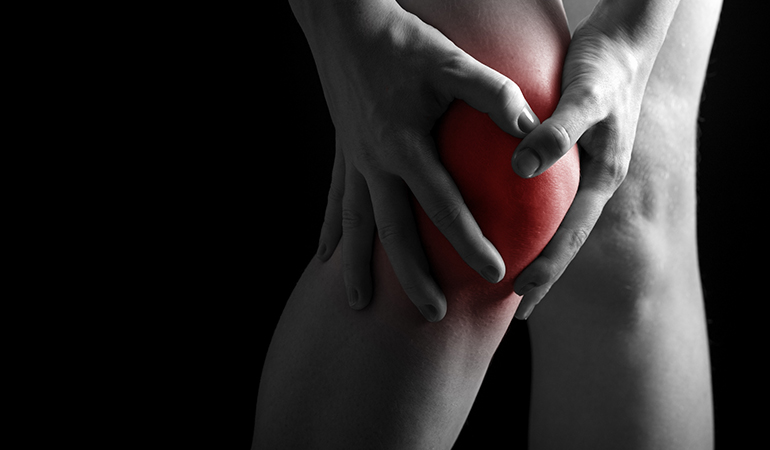
Anti-inflammatory medicines and foods decrease the swelling and pain in arthritis. Oleuropein reduces chronic inflammation and also heals damaged tissues.21 Also, traditional medicines have used olive leaves in treating gout. The reason for this might be olueropein, which curbs the enzyme that promotes the build-up of uric acid that cures the condition.22
7. Strengthen The Immune System
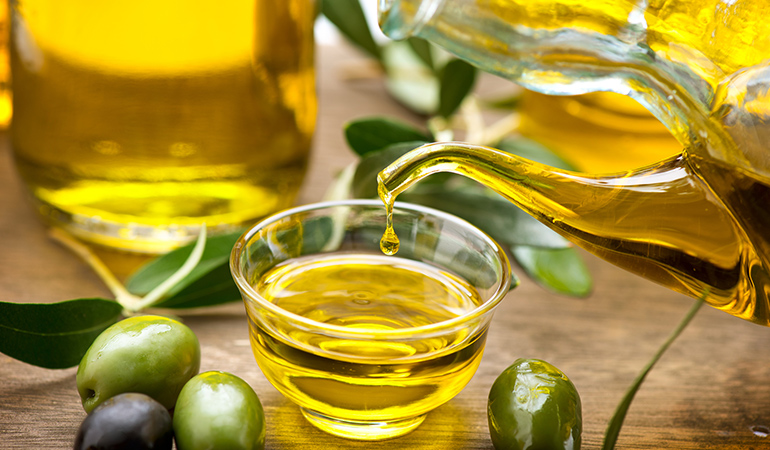
Olive leaves and their extracts show natural antifungal, antiviral, and antimicrobial activities, which fight against viruses that cause infections like influenza.23 24 Because of its antiviral property, it’s also used in reversing the changes caused by infections related to HIV-1 virus.25
8. Invigorate The Skin

Long exposure to UV rays, which is usually unavoidable, is a common cause of skin diseases. OLEs have been used in skincare products as a photoprotector to treat skin damage caused by UV rays.26 They also prevent carcinogenesis and tumor growth in UV-exposure related cancers by reducing the levels of specific enzymes.27
Oleuropein helps by preventing free radicals from damaging the skin and also has an anti-aging effect.28 Traditionally, different forms of olives have been used as skin cleansers and as a balm for inflammatory wounds, but this isn’t without any basis.29. Studies show that olive leaves are effective in healing wounds, especially inflammatory ones.30
How To Use Olive Leaves
Olive leaves can be used in the form of a tea, powder, spray, or tincture for multiple purposes.
1. Olive Leaf Tea
Olive leaf tea is said to be useful in fighting conditions like blood pressure, diabetes, and infections. Here’s how you can make it at home:
- Take fresh olive leaves and dry them.
- Boil about 1 tsp or 10–15 dried leaves in a cup of water for about 5 mins.
- Take if off the heat and let it infuse in the water for about 2 mins.
- Strain and add a little bit of honey if the taste is too bitter.
- Serve hot or cold.
Drink this tea instead of your regular dose of caffeine, ideally 2 cups a day.
2. Olive Leaf Extract As A Powder And Tincture
While you can crush fresh leaves and make a powder, buying powders that are made using OLEs might be more effective for treating any health issues. Make sure you go organic to avoid adulterated products. The powder can be taken in multiple ways:
- Experiment by sprinkling on foods.
- Use it to make juices or smoothies.
- Use it to make a herbal tea.
- Have it as is or with a little bit of honey.
The tincture is also easily found in markets. You can take up to 1–2 ml of the tincture up to 3 times a day for general health. Preferably, consult your doctor on the dosage for any of these as it depends on the condition you’re looking to treat.
3. Olive Leaf Spray
Modern medicines use olive leaf spray to relieve respiratory issues like blocked nose, breathing difficulties, and sinus issues. The spray is used depending on the severity of the condition, so consult your doctor for the dosage.
A Word Of Caution
If you naturally have low blood pressure, avoid using olive leaves in high quantities as it may cause dizziness due to further lowering of blood pressure. Extremely high or strong doses of olive leaf extract can cause stomach upset or diarrhea. Start off with small doses and see how it works for you.
If you’re diabetic or pregnant or both, make sure you consult your doctor before trying olive leaves in any form or quantity.
View Article References (-)
| 1. | ↑ | Rahmanian, Neda, Seid Mahdi Jafari, and Touseef Ahmed Wani. “Bioactive profile, dehydration, extraction and application of the bioactive components of olive leaves.” Trends in Food Science & Technology 42, no. 2 (2015): 150-172. |
| 2. | ↑ | Khayyal, Mohamed T., Mona A. El-Ghazaly, Dalai M. Abdallah, Noha N. Nassar, Samuel N. Okpanyi, and Matthias-Heinrich Kreuter. “Blood Pressure Lowering Effect of an Olive Leaf Extract {Olea europaed) in L-NAME Induced Hypertension in Rats.” Arzneimittelforschung 52, no. 11 (2002): 797-802. |
| 3. | ↑ | Cherif, S., N. Rahal, M. Haouala, B. Hizaoui, F. Dargouth, M. Gueddiche, Z. Kallel, G. Balansard, and K. Boukef. “A clinical trial of a titrated Olea extract in the treatment of essential arterial hypertension.” Journal de pharmacie de Belgique 51, no. 2 (1995): 69-71. |
| 4. | ↑ | Susalit, Endang, Nafrialdi Agus, Imam Effendi, Raymond R. Tjandrawinata, Dwi Nofiarny, Tania Perrinjaquet-Moccetti, and Marian Verbruggen. “Olive (Olea europaea) leaf extract effective in patients with stage-1 hypertension: comparison with Captopril.” Phytomedicine 18, no. 4 (2011): 251-258. |
| 5, 11. | ↑ | de Bock, Martin, Jose GB Derraik, Christine M. Brennan, Janene B. Biggs, Philip E. Morgan, Steven C. Hodgkinson, Paul L. Hofman, and Wayne S. Cutfield. “Olive (Olea europaea L.) leaf polyphenols improve insulin sensitivity in middle-aged overweight men: a randomized, placebo-controlled, crossover trial.” PloS one 8, no. 3 (2013): e57622. |
| 6. | ↑ | Visioli, Francesco, Stefano Bellosta, and Claudio Galli. “Oleuropein, the bitter principle of olives, enhances nitric oxide production by mouse macrophages.” Life sciences 62, no. 6 (1998): 541-546. |
| 7. | ↑ | Singh, Indu, Michelle Mok, Anne-Marie Christensen, Alan H. Turner, and John A. Hawley. “The effects of polyphenols in olive leaves on platelet function.” Nutrition, metabolism and cardiovascular diseases 18, no. 2 (2008): 127-132. |
| 8, 15. | ↑ | Wang, Lihui, Chengyan Geng, Liping Jiang, Dezheng Gong, Dayu Liu, Hiroyuki Yoshimura, and Laifu Zhong. “The anti-atherosclerotic effect of olive leaf extract is related to suppressed inflammatory response in rabbits with experimental atherosclerosis.” European journal of nutrition 47, no. 5 (2008): 235-243. |
| 9. | ↑ | Wainstein, Julio, Tali Ganz, Mona Boaz, Yosefa Bar Dayan, Eran Dolev, Zohar Kerem, and Zecharia Madar. “Olive leaf extract as a hypoglycemic agent in both human diabetic subjects and in rats.” Journal of medicinal food 15, no. 7 (2012): 605-610. |
| 10. | ↑ | Kontogianni, Vassiliki G., Pantelis Charisiadis, Evangelia Margianni, Fotini N. Lamari, Ioannis P. Gerothanassis, and Andreas G. Tzakos. “Olive leaf extracts are a natural source of advanced glycation end product inhibitors.” Journal of medicinal food 16, no. 9 (2013): 817-822. |
| 12, 17. | ↑ | Anter, Jaouad, Zahira Fernández-Bedmar, Myriam Villatoro-Pulido, Sebastian Demyda-Peyras, Miguel Moreno-Millán, Ángeles Alonso-Moraga, Andrés Muñoz-Serrano, and María Dolores Luque de Castro. “A pilot study on the DNA-protective, cytotoxic, and apoptosis-inducing properties of olive-leaf extracts.” Mutation Research/Genetic Toxicology and Environmental Mutagenesis 723, no. 2 (2011): 165-170. |
| 13. | ↑ | Hamdi, Hamdi K., and Raquel Castellon. “Oleuropein, a non-toxic olive iridoid, is an anti-tumor agent and cytoskeleton disruptor.” Biochemical and biophysical research communications 334, no. 3 (2005): 769-778. |
| 14, 20. | ↑ | Barbaro, Barbara, Gabriele Toietta, Roberta Maggio, Mario Arciello, Mirko Tarocchi, Andrea Galli, and Clara Balsano. “Effects of the olive-derived polyphenol oleuropein on human health.” International journal of molecular sciences 15, no. 10 (2014): 18508-18524. |
| 16. | ↑ | Ahmed, Khadija Muhamed. “The effect of olive leaf extract in decreasing the expression of two pro-inflammatory cytokines in patients receiving chemotherapy for cancer. A randomized clinical trial.” The Saudi dental journal 25, no. 4 (2013): 141-147. |
| 18. | ↑ | Bazoti, Fotini N., Jonas Bergquist, Karin E. Markides, and Anthony Tsarbopoulos. “Noncovalent interaction between amyloid-β-peptide (1-40) and oleuropein studied by electrospray ionization mass spectrometry.” Journal of the American Society for Mass Spectrometry 17, no. 4 (2006): 568-575. |
| 19. | ↑ | Omar, Syed Haris. “Cardioprotective and neuroprotective roles of oleuropein in olive.” Saudi Pharmaceutical Journal 18, no. 3 (2010): 111-121. |
| 21. | ↑ | Impellizzeri, Daniela, Emanuela Esposito, Emanuela Mazzon, Irene Paterniti, Rosanna Di Paola, Valeria Maria Morittu, Antonio Procopio, Domenico Britti, and Salvatore Cuzzocrea. “Oleuropein aglycone, an olive oil compound, ameliorates development of arthritis caused by injection of collagen type II in mice.” Journal of Pharmacology and Experimental Therapeutics 339, no. 3 (2011): 859-869. |
| 22. | ↑ | Flemmig J, Kuchta K, Arnhold J, Rauwald HW. Olea europaea leaf (Ph.Eur.) extract as well as several of its isolated phenolics inhibit the gout-related enzyme xanthine oxidase. Phytomedicine.2011 May 15;18(7):561-6. |
| 23. | ↑ | Pereira, Ana Paula, Isabel CFR Ferreira, Filipa Marcelino, Patricia Valentão, Paula B. Andrade, Rosa Seabra, Leticia Estevinho, Albino Bento, and José Alberto Pereira. “Phenolic compounds and antimicrobial activity of olive (Olea europaea L. Cv. Cobrançosa) leaves.” Molecules 12, no. 5 (2007): 1153-1162. |
| 24. | ↑ | Micol, Vicente, Nuria Caturla, Laura Pérez-Fons, Vicente Más, Luis Pérez, and Amparo Estepa. “The olive leaf extract exhibits antiviral activity against viral haemorrhagic septicaemia rhabdovirus (VHSV).” Antiviral research 66, no. 2 (2005): 129-136. |
| 25. | ↑ | Lee-Huang, Sylvia, Li Zhang, Philip Lin Huang, Young-Tae Chang, and Paul L. Huang. “Anti-HIV activity of olive leaf extract (OLE) and modulation of host cell gene expression by HIV-1 infection and OLE treatment.” Biochemical and Biophysical Research Communications 307, no. 4 (2003): 1029-1037. |
| 26. | ↑ | CzerwiĆska, Monika E., Katarzyna Duszak, Andrzej Parzonko, and Anna K. Kiss. “Chemical composition and UVA-protecting activity of extracts from Ligustrum vulgare and Olea europaea Leaves.” Acta Biologica Cracoviensia s. Botanica 58, no. 2 (2016): 45-55. |
| 27. | ↑ | Kimura, Yoshiyuki, and Maho Sumiyoshi. “Olive leaf extract and its main component oleuropein prevent chronic ultraviolet B radiation-induced skin damage and carcinogenesis in hairless mice.” The journal of nutrition 139, no. 11 (2009): 2079-2086. |
| 28. | ↑ | Omar, Syed Haris. “Oleuropein in olive and its pharmacological effects.” Scientia pharmaceutica 78, no. 2 (2010): 133-154. |
| 29. | ↑ | Hashmi, Muhammad Ali, Afsar Khan, Muhammad Hanif, Umar Farooq, and Shagufta Perveen. “Traditional uses, phytochemistry, and pharmacology of Olea europaea (olive).” Evidence-Based Complementary and Alternative Medicine 2015 (2015). |
| 30. | ↑ | Koca, Ufuk, Ipek Süntar, Esra Küpeli Akkol, Demet Yılmazer, and Murat Alper. “Wound repair potential of Olea europaea L. leaf extracts revealed by in vivo experimental models and comparative evaluation of the extracts’ antioxidant activity.” Journal of medicinal food 14, no. 1-2 (2011): 140-146. |
4/20/2017 | | Permalink
